The Japanese have a remarkable knack for creating entrancing entrances. Their capacity to use space intelligently and to create balance is such that even small spaces can take on an inviting air. With their traditionally small homes, they can face many challenges in integrating functionality together with aesthetics, but their capacity to bring life to any space is clearly visible even when walking around busy areas.
This traditional restaurant in the Toranomon business district of Tokyo is surrounded by modern highrises, but this mainstay of the area continues to occupy a main corner surrounded by lush plants, whereas its neighbours are all steel, glass, and concrete. The varied forms of the plants, together with their life-enhancing (which includes oxygen-producing) properties, literally breathes life into the area around the entrance. The angled sign and entrance, differently coloured landing, and hanging curtain that moves in the breeze all contribute to this wonderfully inviting entrance.
The entryway of your home or business is what attracts attention and therefore energy (in the form of customers or circumstances) into your life, home, and work. Personalize and optimize it to make it truly inviting.


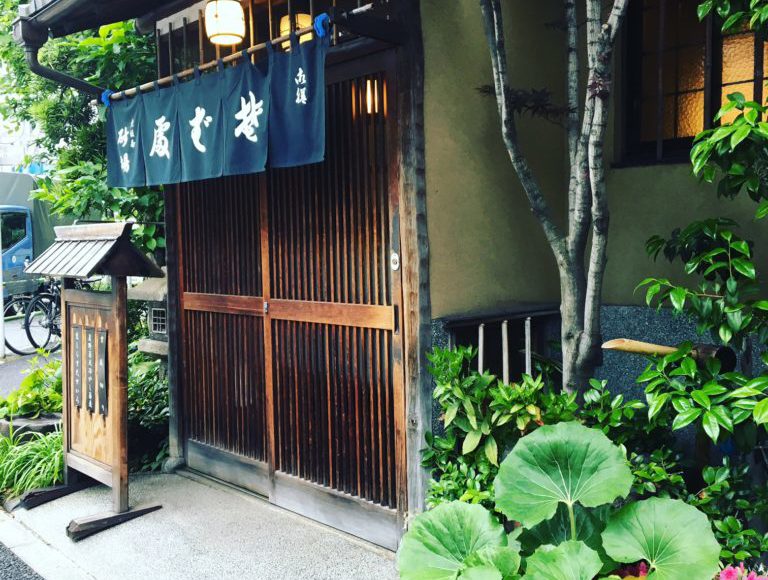



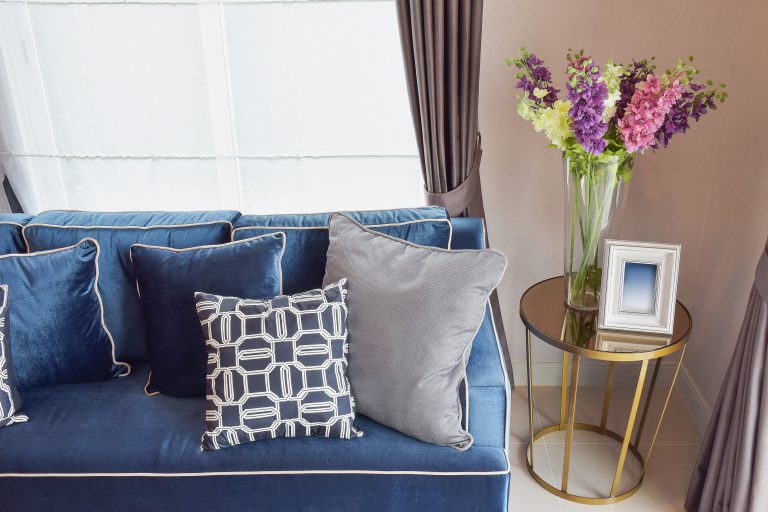

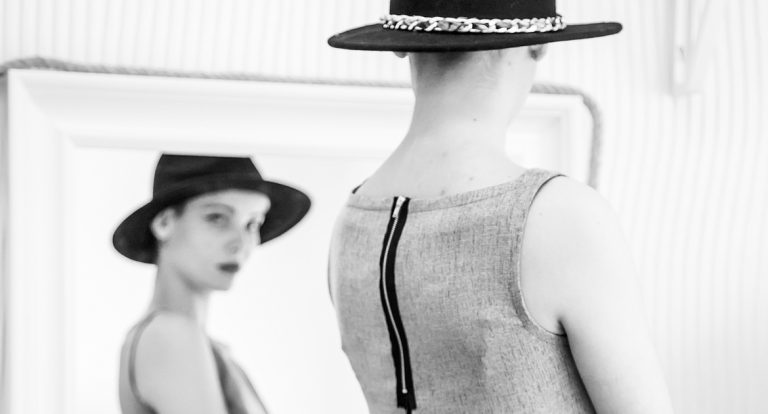
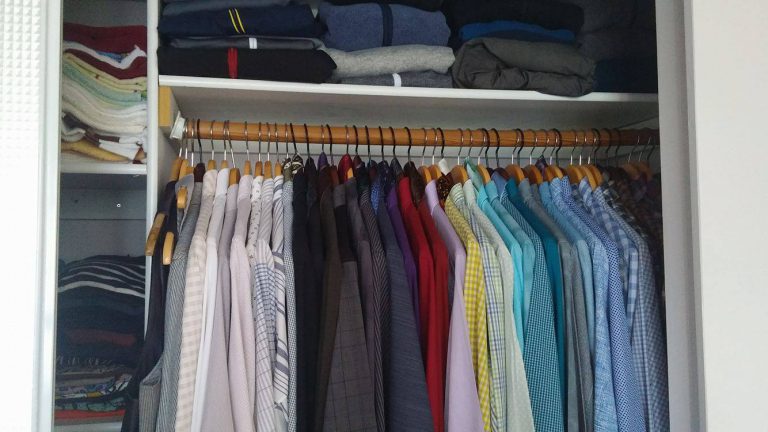
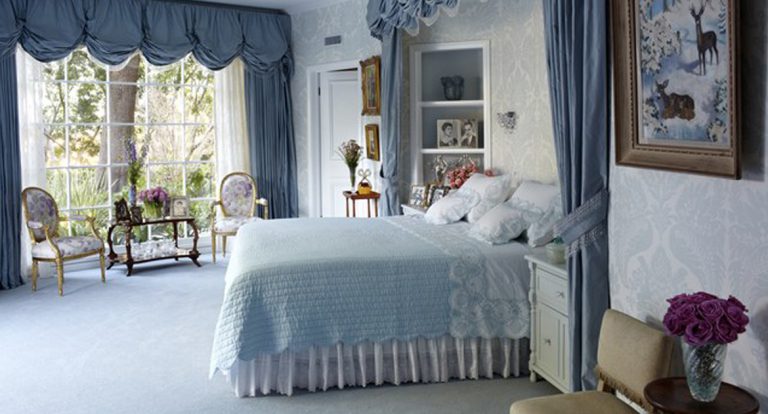
Recent Comments